Firm hand grabs sector
During the Ministry of Industry and Trade’s (MoIT) monthly meeting last week, Minister Vu Huy Hoang stressed that the master plan during 2007-2015 with a vision until 2025 approved by the prime minister in September, 2007 was solid and there might be no changes for next few years.
The message was contrary to the MoIT’s document dated June 14, 2010, based on the ministerial investigation, which said the ministry could ask for the prime ministerial permission to add more steel projects in the master plan if they were proved to be effective. In parallel, the MoIT asked local governments to timely withdraw licences of ineffective or delayed steel projects nationwide.
The MoIT’s change of mind was made after concerns were raised over local governments’ massive, disordered and unsystematic approval of steel projects, many of them were small-sized with backward technology that consumed a huge amount of energy and negatively affected the environment.
At the government cabinet meeting early this month, the prime minister asked the Ministry of Planning and Investment to join hands with relevant governmental agencies to review master plans of major industries and strengthen state management over the implementation of those master plans, particularly steel, cement, minerals and power sectors.
According to the MoIT, 30 cities and provinces nationwide granted licences for 74 steel projects with total registered investment capital of more than $22 billion, including 65 projects licenced from 2007.
Among those, 17 projects were in the master plan while 16 other projects were licenced under individual agreements of the government and the MoIT with particular investors. The remaining 32 projects were licenced by cities and provinces without getting any approval from the prime minister or the MoIT.
The MoIT criticised that many steel projects were licenced by local governments without carefully looking into the investors’ ability and the market demand.
The poor quality of many steel projects also irritated electricity producers in the country, who are struggling to make the demand and supply meet.
State-run Electricity of Vietnam calculated that steel mills across the country, which were running at less than 50 per cent of their designed capacity, consumed about 3.5 billion kilowatt hours of power a year, making up nearly 10 per cent of power supplied for domestic industrial and construction sectors.
The group recently requested steel-makers, which consume a huge amount of power to burn their furnaces, to build their own power plants. The EVN’s urgent request, however, was immediately rejected by Vietnam Steel Association, which argued that it would diminish investment interests of steel investors in the country.
EVN also proposed the government instruct the Ministry of Science and Technology to timely set up standards for technology, machinery and equipment used by steel manufacturers in the country so as to prevent the import of backward and high energy-consuming technology.
The MoIT is working on “Planning for the Development of Steel Manufacturing and Distribution during 2011-2020, with a vision toward 2025”. The draft plan is expected to be completed by the end of this month.
What the stars mean:
★ Poor ★ ★ Promising ★★★ Good ★★★★ Very good ★★★★★ Exceptional
Related Contents
Latest News
More News
- Mitsubishi Estate launches Logicross Hai Phong - a milestone in logistics evolution (November 20, 2024 | 14:32)
- Semiconductor workforce partnerships deliver industry-relevant training (November 20, 2024 | 10:58)
- German Quickpack to invest $31.7 million in Long An province (November 20, 2024 | 09:31)
- Foreign-invested enterprises drive logistics investment in the southeast region (November 20, 2024 | 09:27)
- Chile visit underscores trade benefits (November 19, 2024 | 10:00)
- Trump’s second term impacts sci-tech activities and industry 4.0 technologies (November 18, 2024 | 10:00)
- Vietnam eyes nuclear revival to bolster energy security (November 14, 2024 | 16:46)
- Kyokuyo completes $13.5 million seafood factory in Vietnam (November 14, 2024 | 12:19)
- VinFast receives $3.5 billion funding from Vingroup and Pham Nhat Vuong (November 14, 2024 | 06:38)
- Localities sprint to reach FDI targets (November 13, 2024 | 10:00)


 Tag:
Tag: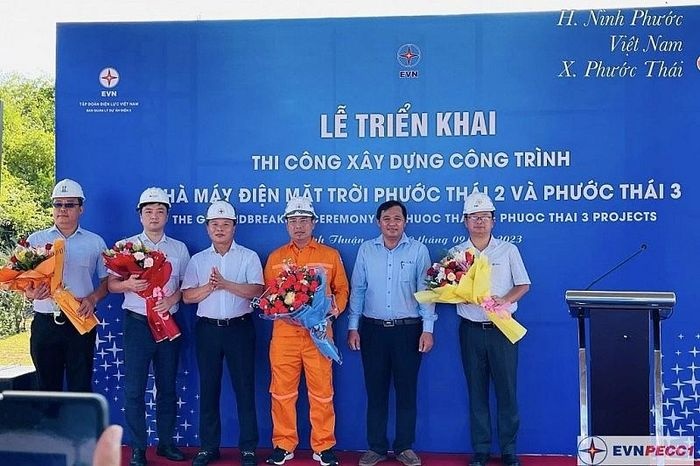

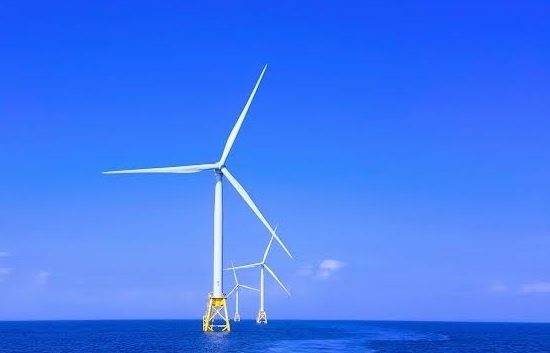
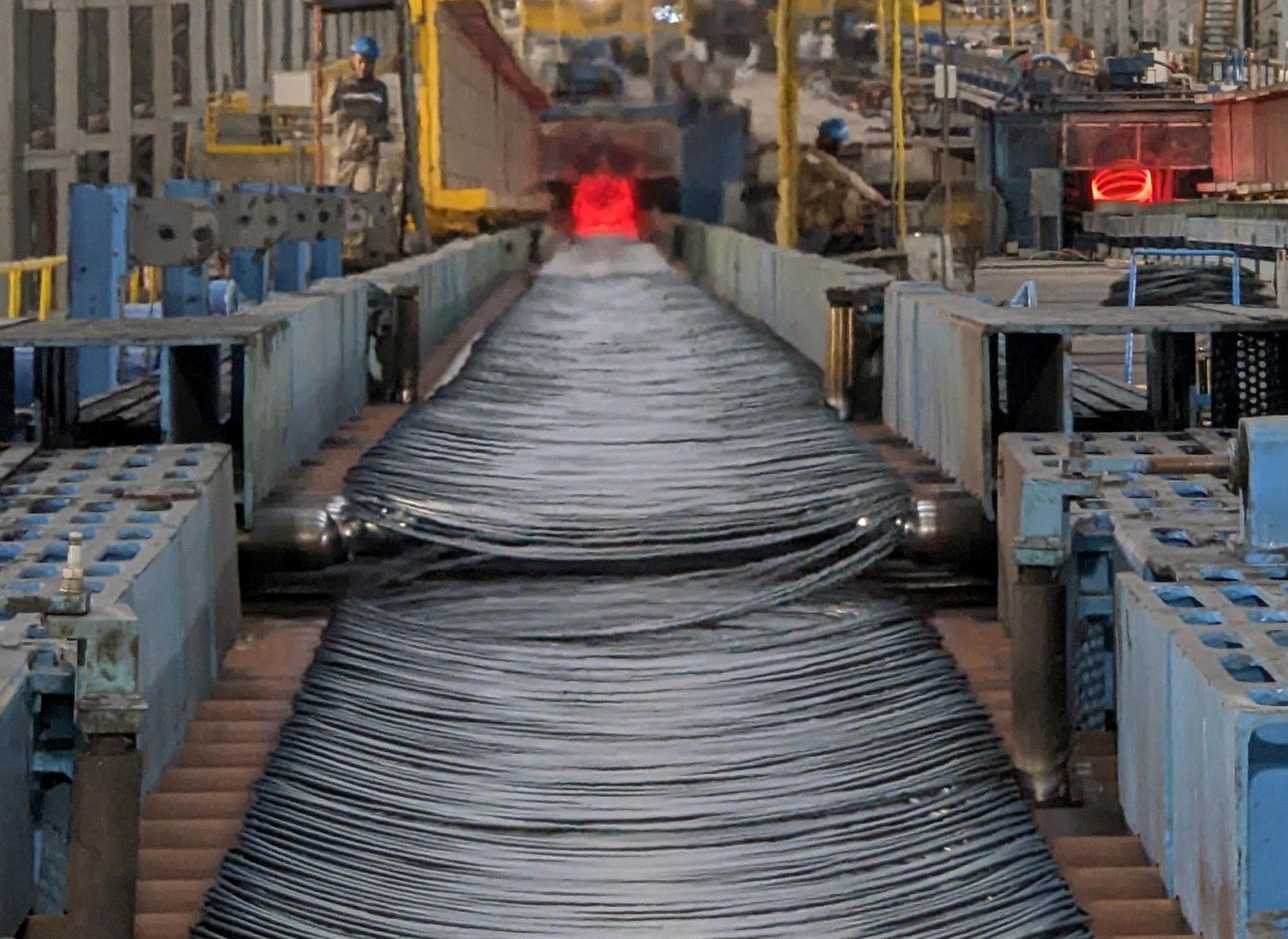
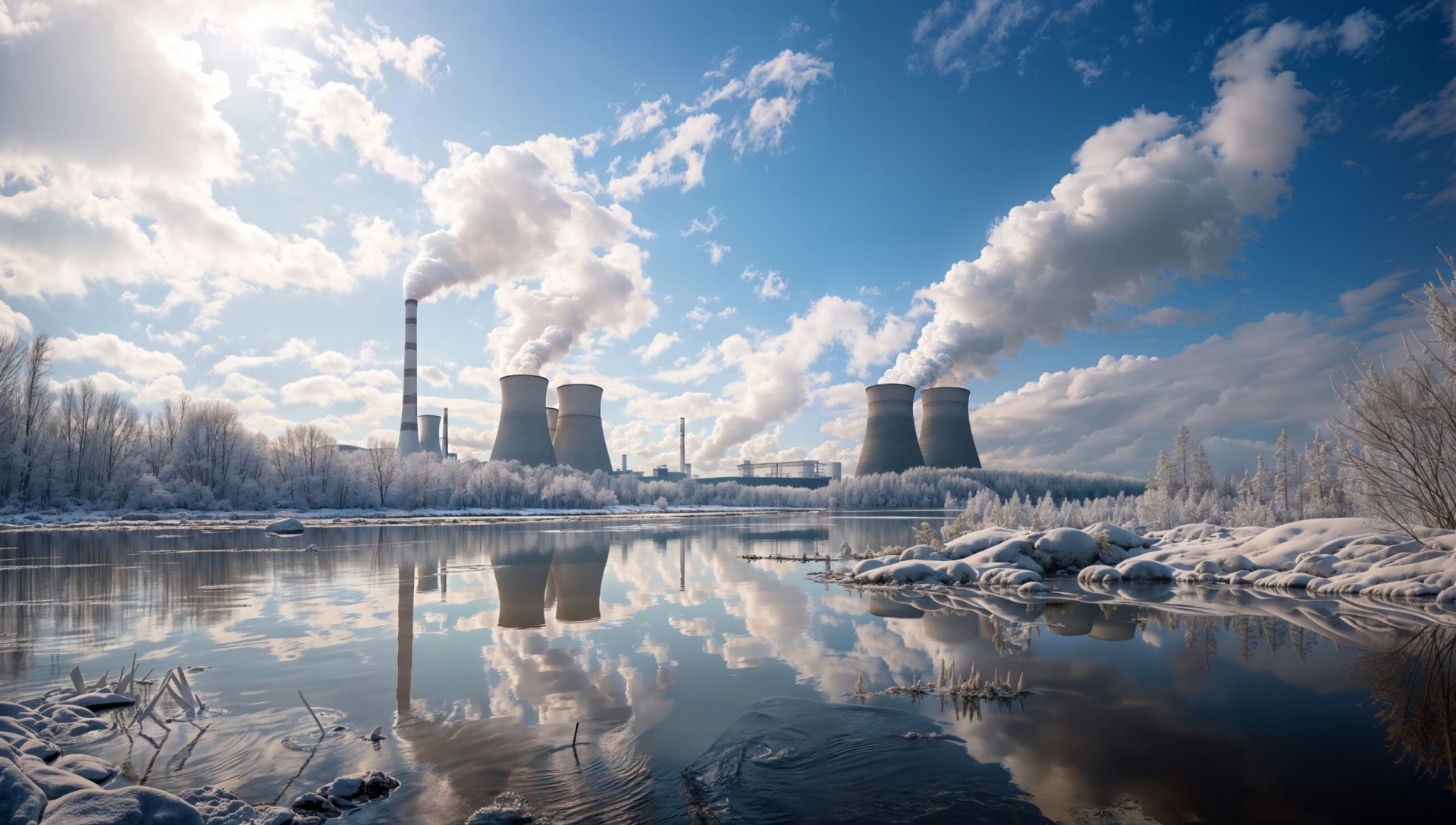
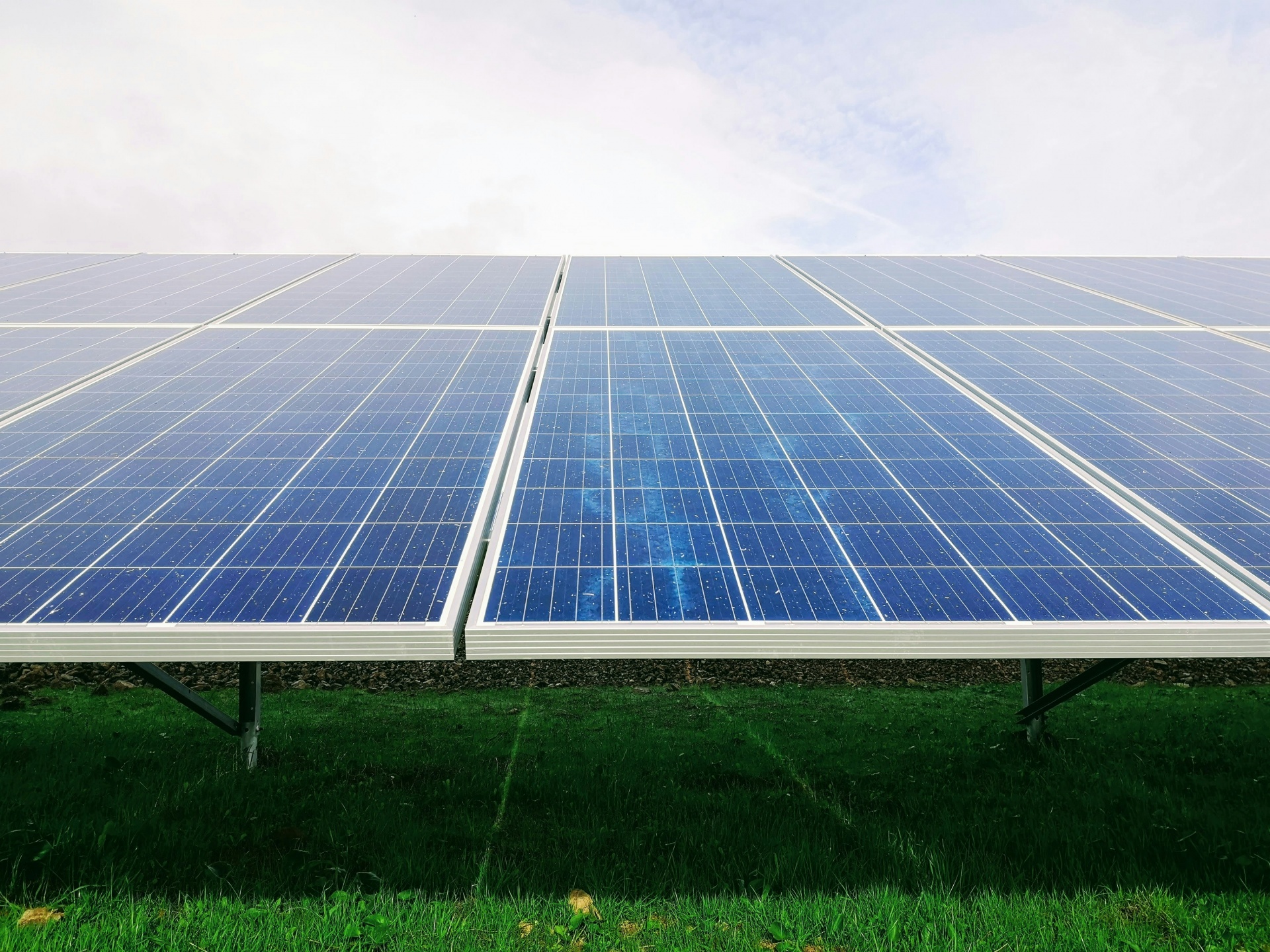
















 Mobile Version
Mobile Version